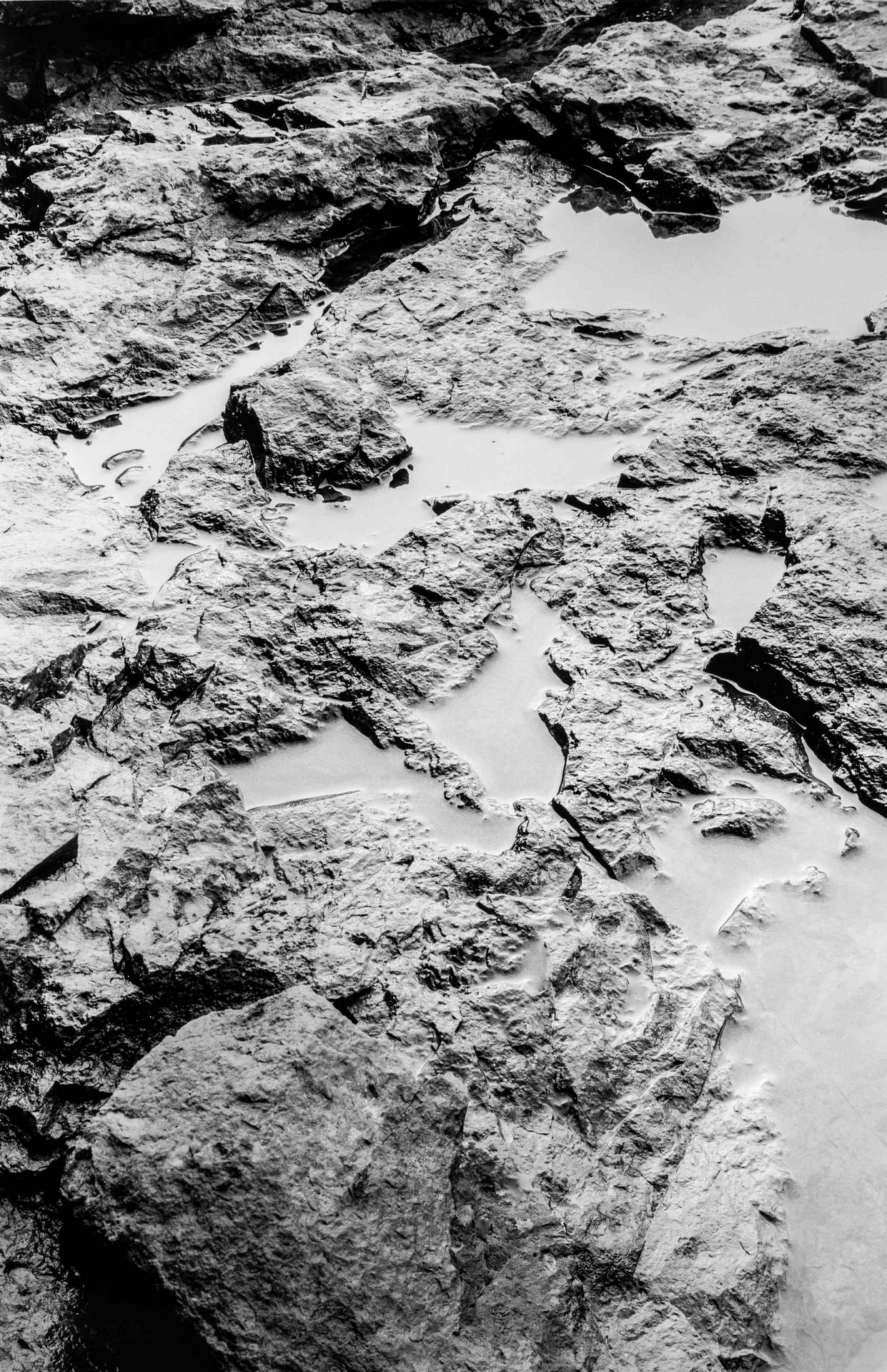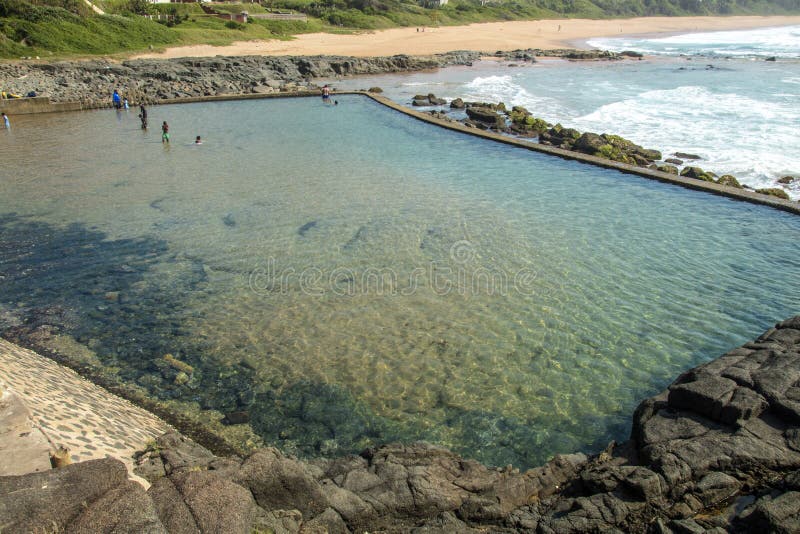

Forested wetlands (swamps) are the most common wetlands in the State. Virginia has about 1 million acres of wetlands one-quarter are tidal and three-quarters are nontidal. Geological Survey Water-Supply Paper 2425): 5 Source: US Fish and Wildlife Service, MidAtlantic Wetlands: A Disappearing Natural TreasureĪccording to the state summary of the National Water Summary on Wetland Resources (U.S. Section 404 requires a permit before dredged or fill material may be discharged into waters of the United States. The Federal government authority to regulate wetlands is based on Section 404 of the Clean Water Act, processed by the US Army Corps of Engineers. The Virginia Department of Environmental Quality (DEQ) issues Virginia Water Protection Permits for non-tidal wetlands, and the Virginia Marine Resources Commission (VMRC) manages changes to tidal wetlands. Destruction of a forested wetland requires two acres of new forested wetland for every acre destroyed, while destruction of a scrub-shrub wetland must be mitigated by a 1.5-to-1 ratio. Projects that destroy even tiny wetland areas are required to mitigate the loss by creation of artificial wetlands of an equivalent type. As described by the Environmental Protection Agency: 4 Far from being useless, disease-ridden places, wetlands provide values that no other ecosystem can, including natural water quality improvement, flood protection, shoreline erosion control, opportunities for recreation and aesthetic appreciation, and natural products for our use at no cost. Today, government policy is to ensure "no net loss" of wetlands, ideally by avoiding alteration of a natural wetland. At the same time, new natural beaver bonds and artificial construction of farm ponds and reservoirs created an increase in open water areas. In particular, estuarine and palustrine vegetated wetlands were lost. In the 400 years of settlement after Jamestown, 42% of the natural wetlands were drained or filled for agriculture, industrial facilities, roads/ports, and urban/suburban development. Isolated wetlands intercept nutrients as well as sediment, providing natural pollution control.Ī spotted salamander ( Ambystoma maculatum) from a vernal pool at Bull Run Mountains Natural Area Preserve in February, 2023 Wetlands provide stormwater management services, capturing runoff during/after a storm before the rainwater reaches streams and erodes the channel. They provide essential habitat, particularly for salamanders.


Wetlands are now a valued ecological resource in Virginia. Virginia wetland statistics (calculated at the end of the 1970's): 2ħ2% are palustrine vegetated wetlands ("palustrine" wetlands are located in fields/forests and on the edge of streams - but not adjacent to large lakes or on the edge of tidal waters)Ģ3% are estuarine wetlands ("estuarine" wetlands are associated with tidal waters, east of the Fall Line)ħ2% of all wetlands are located in the Coastal PlainĢ2% of all wetlands are located in the PiedmontĦ% of all wetlands are in the other physiographic provinces Source: US Fish and Wildlife Service National Wetlands Inventory, Wetlands Mapper Wetlands at mouth of Pohick Creek and Accotink Creek Wetland at mouth of Neabsco Creek, at Leesylvania State Park Wetlands do not have to have standing water 12 months of the year, but soils and plants must reflect the frequently-high water table. Wetlands generally include swamps, marshes, bogs, and similar areas. areas that are inundated or saturated by surface or ground water at a frequency and duration sufficient to support, and that under normal circumstances do support, a prevalence of vegetation typically adapted for life in saturated soil conditions. Some plants such as arrow arum and swamp rose-mallow are "obligate" wetland plants (growing only in wetlands), while "facultative" wetland plants such as pawpaw and sycamore trees can grow on flood plains away from wetland soils


 0 kommentar(er)
0 kommentar(er)
